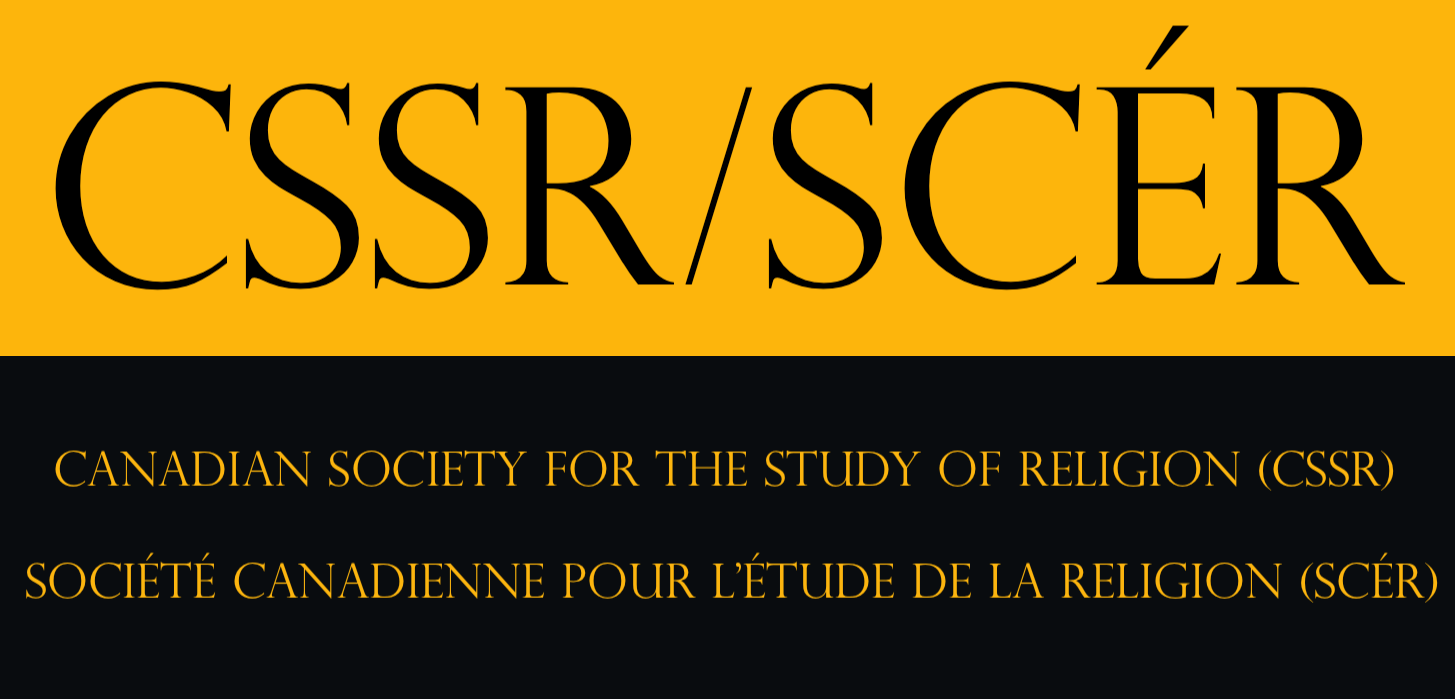Discussions en cours Commencé à nos déjeuners annuels d’études supérieures de perfectionnement professionnel
étudiants
Pedagogy II — Going the Distance in Online Education, Congress 2012, Waterloo, ON
luncheon papers:
Designing for Online Distance Education: Putting Pedagogy Before Technology — Richard S. Ascough
Welcoming Design: Hosting a Hospitable Online Course — Richard S. Ascough
Online/Blended Learning Resources
Pedagogy I — Alternative Approaches to Introducing Religion(s): Engaging Method and Theory in the Classroom, Congress 2011, Fredericton, NB
At this past Congress meeting in Fredericton in May, 2011, a panel on “Alternative Approaches to Introducing Religion(s): Engaging Method and Theory in the Classroom” had incited important, insightful and inspiring discussions amongst the presenters and audience. Everyone present at the panel felt that the discussions should continue throughout the year, and in many venues, including the CSSR website, where others could participate in sharing their insights and experiences. Please find below the papers from the panel and feel free to use this board for discussion. Thank you to the presenters and respondents for sharing their papers here.
Panel Title: Alternative Approaches to Introducing Religion(s): Engaging Method and Theory in the Classroom
Introduction to Religion or World Religions, as it is currently taught, tends to assume the phenomenological existence of religion while ignoring the problems with this position. The major ―world religions‖ are presented in terms of their teleological histories and their essentialized beliefs. This approach is not unique to the introduction to religions, but is, perhaps, most problematic in this setting. The papers presented at this panel will challenge this teleological/essentialist framework, and suggest alternative approaches to introducing religion. Based on the work of Jonathan Z. Smith and Bruce Lincoln, we explore the ways in which we can introduce religion without relying on the essence of belief. Instead we suggest analyzing the conceptual frameworks which have typically been used to define religion (especially myth and ritual, but also classification) while utilizing a comparative method which does not privilege one data set over another, be it religious or secular.
Presenters:
▷Ian Brown, University of Regina
▷Abstract
It Is That It Is: The Givenness of Data in Religious Studies Courses
In almost all cases, students are introduced to the academic study of religion through the first year course ―Introduction to World Religions‖/―Introduction to Religious Studies.‖ These courses tend to be taught in two ways: historical review, or textual review. In the former the history and beliefs of several world religions are reviewed chronologically, in the latter select texts epitomizing the beliefs of several world religions are reviewed. Neither of these approaches, however, engages critically with their data or with the notion of religion generally. In opposition to these teleological narratives, I propose the beginnings of an alternative approach based on the theoretical work of Jonathan Z. Smith, and Bruce Lincoln. This alternative approach is centred on the social, economic, and historical contextualization of the data which we use to study religion(s), arguing that no piece of data is inherently interesting, and it is up to those introducing religion(s) to show why their data is important.
▷Paper
▷Sarah Hagel, University of Regina
▷Abstract
Abandoning Breadth for Depth: Re-conceptualizing the Introductory Course
Introducing students to the study of religion must involve their orientation to theoretical and methodological approaches. It should not be the ambition of an introductory course to present a breadth of knowledge on ―world religions‖—an impossible task for an introductory level course, but that students are educated in theory and method with which to approach subject matter. Using the comparative method as presented by Jonathan Z. Smith in conjunction with Bruce Lincoln‘s emphases on social and discursive contexts, this paper will present an alternative approach to introducing religion. Involving critical engagement with the processes of definition, classification, comparison, and explanation students should be encouraged towards the end goal of reinterpreting religious data. In this way, such a course demystifies notions of religion and increases the appreciation and applicability of the academic study of religion.
▷Paper
▷Jesse Bailey, University of Regina
▷Abstract
Introducing Religion: Critical Engagement with Myth, Ritual and Classification
Myth and ritual are more than stories and practices that define religious traditions. Using the ideas put forth by Bruce Lincoln and Jonathan Z. Smith this paper suggests that introducing students to the study of religion can be done through a critical analysis of myth, ritual and classification. Introducing students to religion must not be an exercise in reducing traditions to essential beliefs and practices; beliefs and practices must be introduced as examples of people thinking critically about their social situations as well as efforts in constructing/deconstructing identities through the formations of social boundaries. Furthermore, this approach calls into question issues of classification including how we classify elements of religion and religion itself, as well as the discursive process inherent in classification. In this way it is the study of religion, not an introduction to world religions that initiates students to the field of religious studies.
▷Paper
Respondents:
▷Janet Klippenstein, University of Alberta
▷T. Nicholas Schonhoffer, University of Toronto
